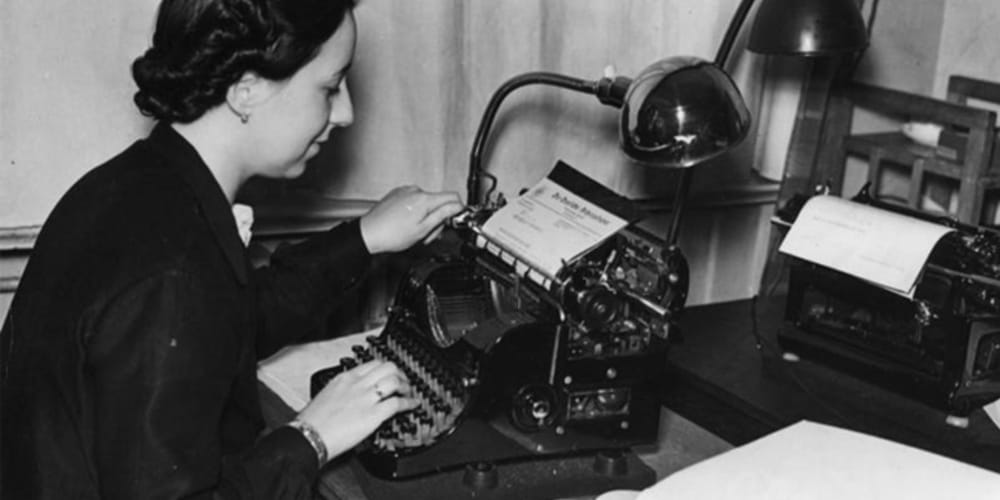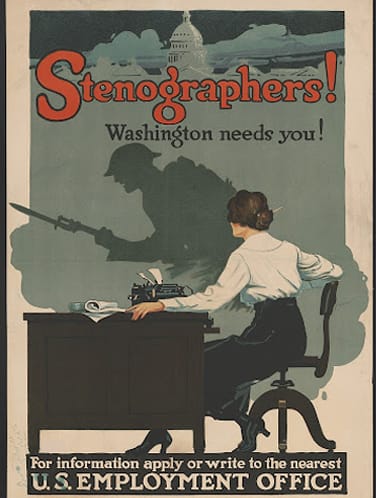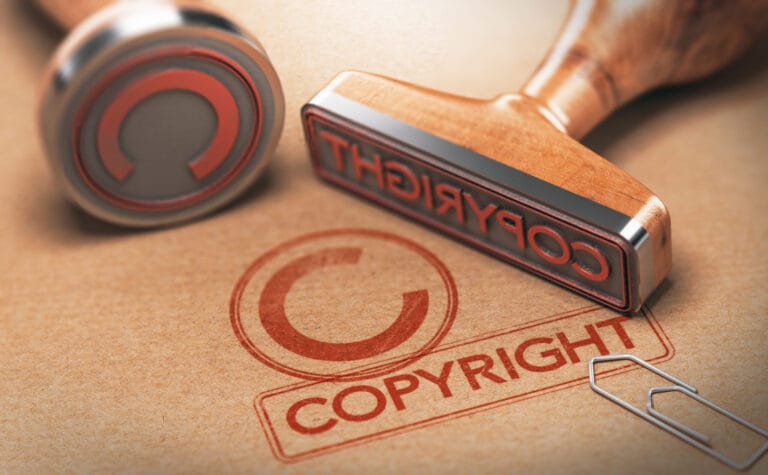During World War 2, the United States drafted a significant percentage of the population into military service. The country shared a single focus: winning the war. As more manpower was sent overseas, the government gradually started recruiting to fill critical support roles in stenography.
In this article, we’ll look at the qualifications needed for these roles, discuss who filled them, and explore the history of stenography during WW2. Let’s get started!
Understanding the Role
Fundamentally, court reporting and stenography are two sides of the same coin. Both require an individual to transcribe speech into text. Court reporting is simply one potential use for stenography skills! During World War 2, however, demand for court reporting was low while demand for stenography soared to an all-time high.
Across the country, there was very little activity in the court system because numerous judges and lawyers were deployed. As a result, displaced court reporters and other skilled typists turned to the war effort for employment as stenographers. According to the Military Occupation Codes of WW2, the role of the stenographer was:
“Takes dictation in shorthand of correspondence, branch proceedings, hearings, reports, and other military matters and transcribes notes using a standard typewriter.
May perform additional office duties such as filing, indexing, and record keeping. May use stenotype machine to record dictation. May operate other office machines.
Should be able to take dictation at a minimum rate of 75 words per minute and type at a minimum rate of 35 words per minute. Must understand simple grammatical construction and composition. Civilian experience or training as a stenographer essential.”
Finding the Qualified Candidates
Armed with the above job description, the government began seeking candidates. From the beginning, they produced massive amounts of propaganda targeted towards women. Below, you’ll see two posters that were distributed at the time.
The fact that women were considered for recruitment in these roles reflects the level of importance the Army placed on hiring qualified stenographers. During World War 1, the United States did not create or maintain accurate historical records, leaving the next generation responsible for piecing together the past. The Army was determined not to repeat their mistakes. Instead, they attempted to chronicle WW2 in real time, using a 200 man unit to record the day to day events as the war unfolded.
Day to Day Activities
After joining the ranks of Army stenographers, you could be assigned to a variety of different tasks. While some of these tasks were typical of the stenographer role (such as transcribing the dictation of letters, memoranda, reports and other material), other duties were more secretarial in nature. For example, stenographers might also answer the telephone, operate as the office receptionist, check payroll, perform simple accounting, or make inventory of supplies.
Final Thoughts
Thanks for reading! We hope we’ve been able to give you a glimpse into the history of stenography. This fascinating profession remains just as critical to the legal system as it was during WW2. If you enjoyed this article, feel free to share it on social media!
When you plan your next deposition, don’t forget to take advantage of our plentiful deposition tools. We provide services including remote court reporting, concierge remote exhibit management, remote videography, and full-time tech support for your remote depositions, arbitrations, court hearings, trials, and other proceedings.






